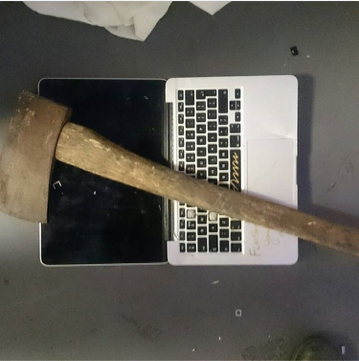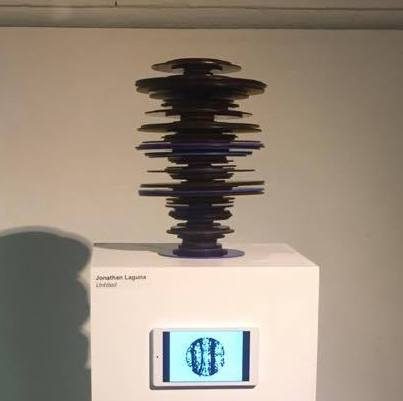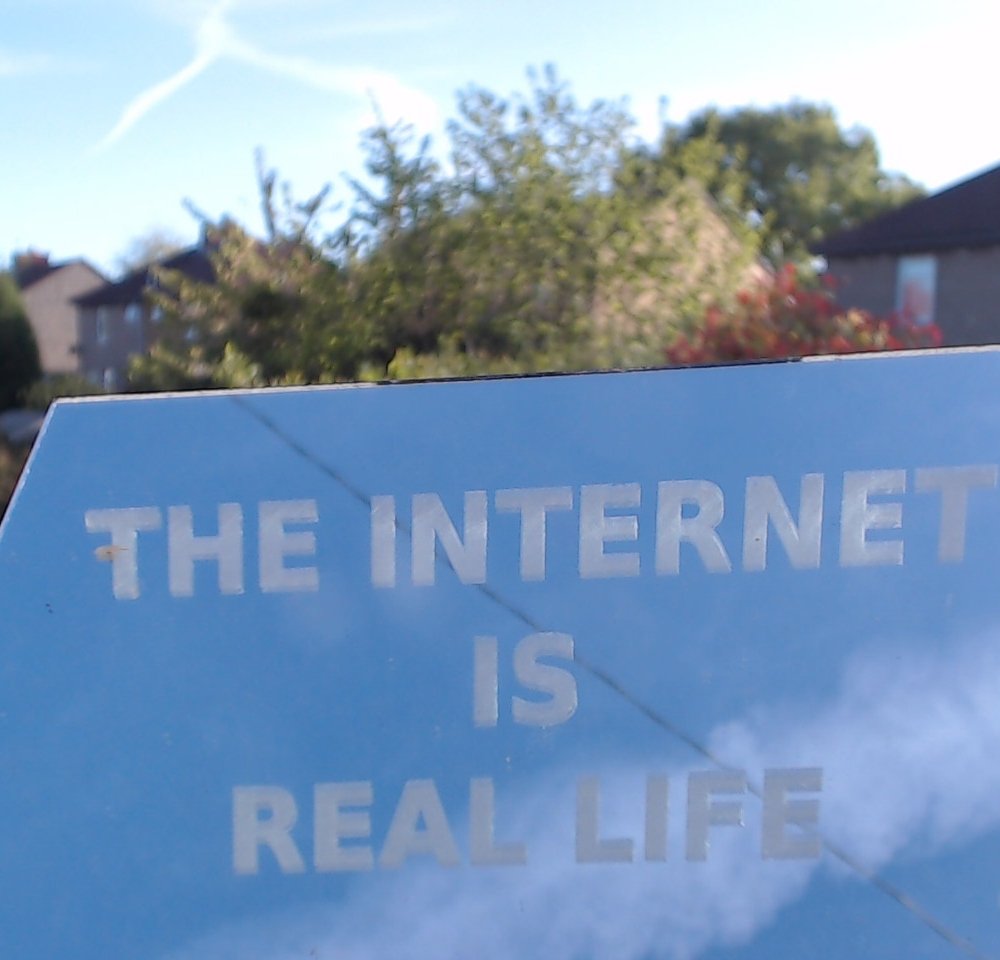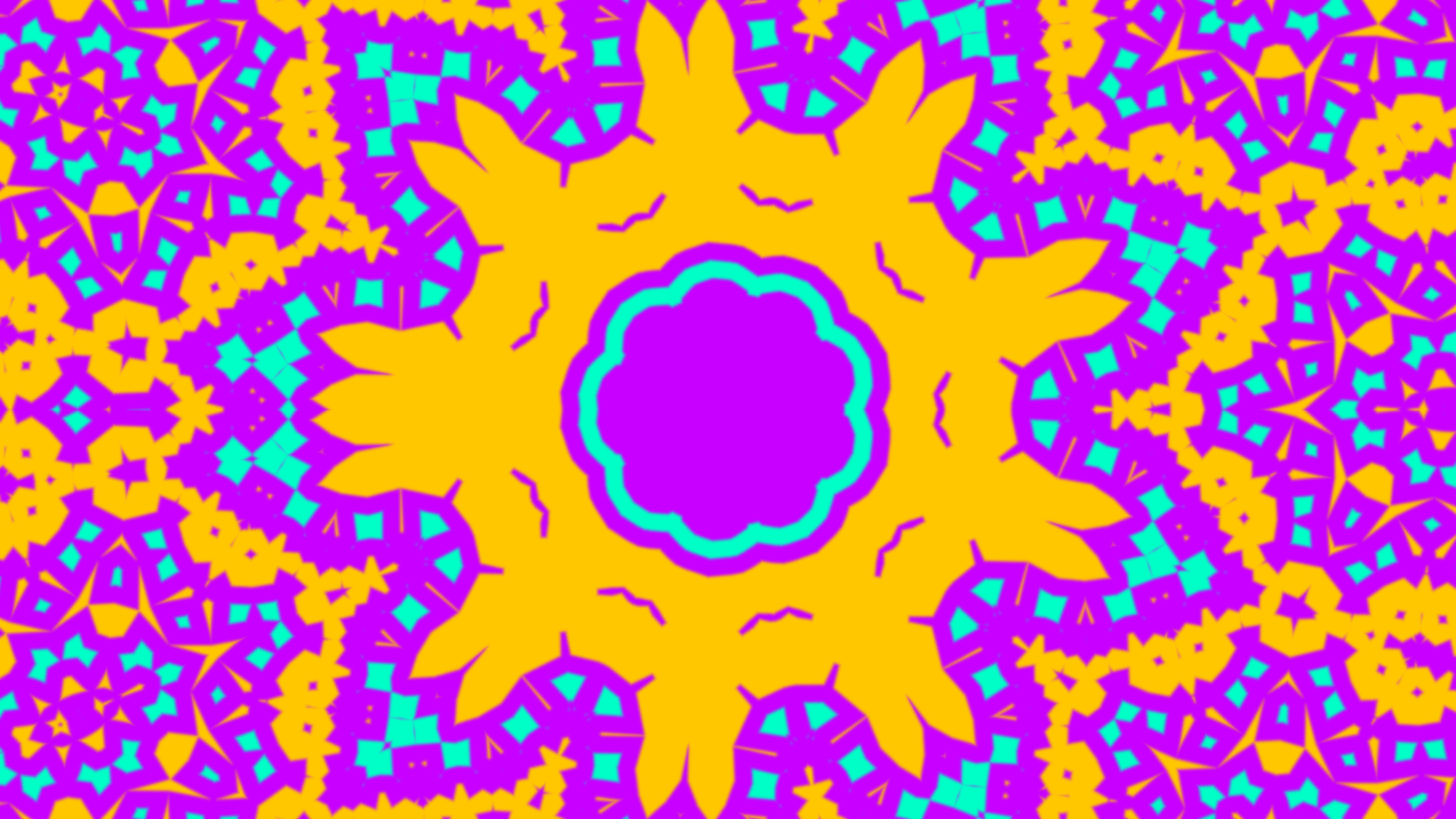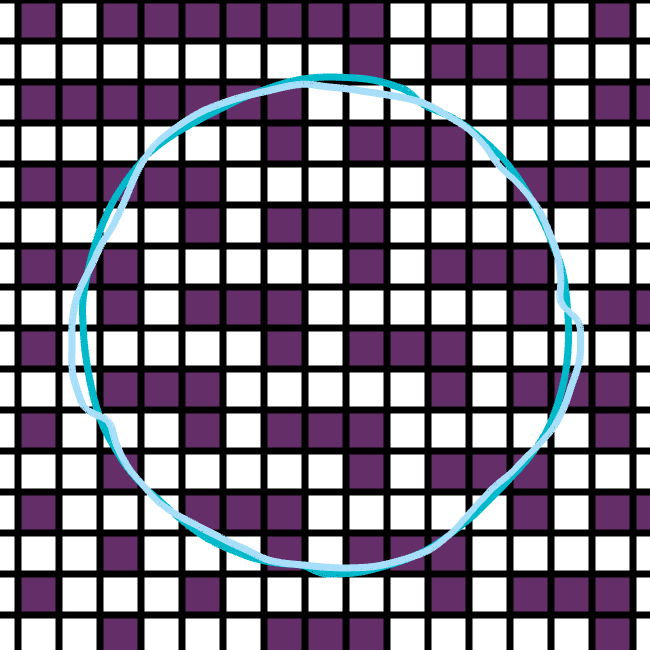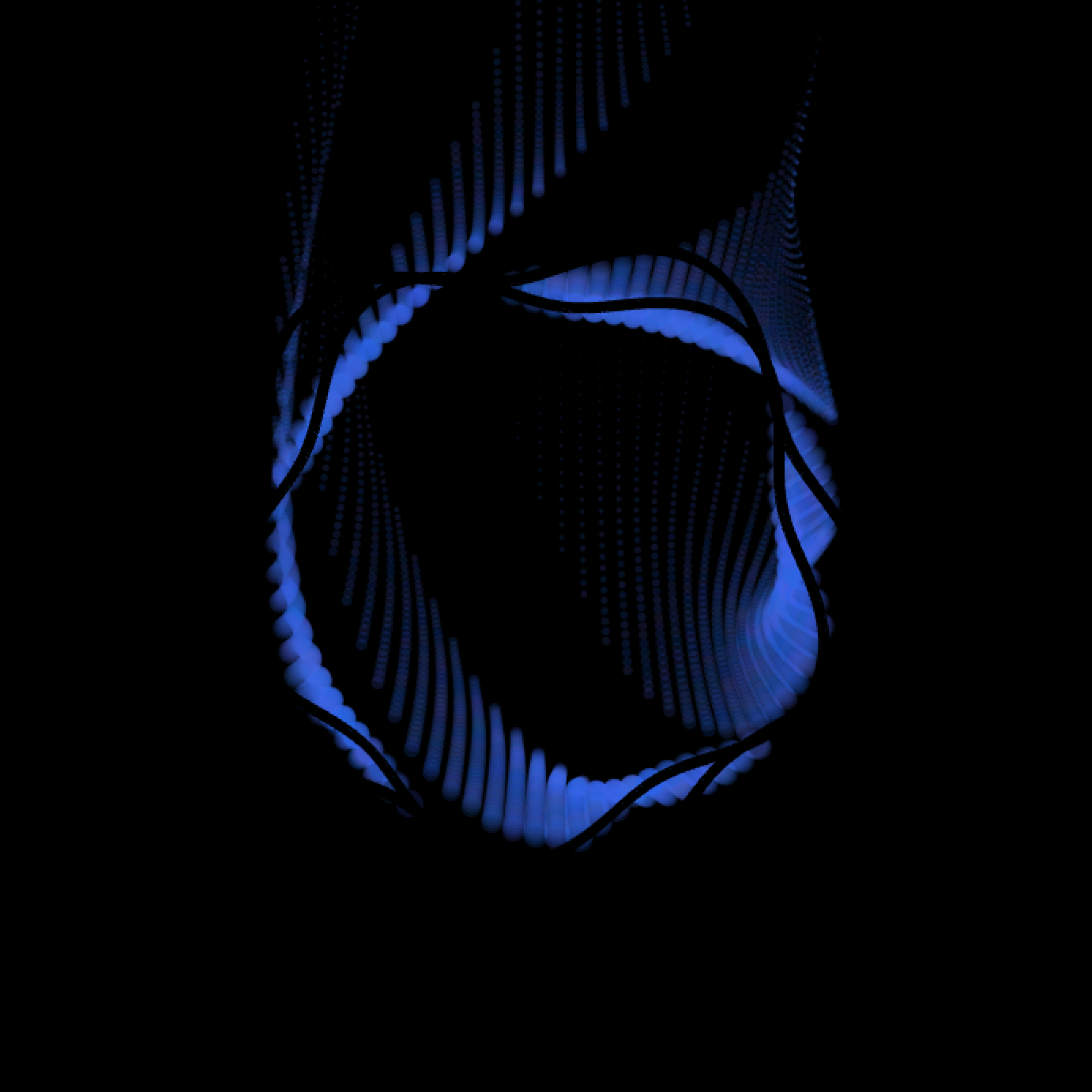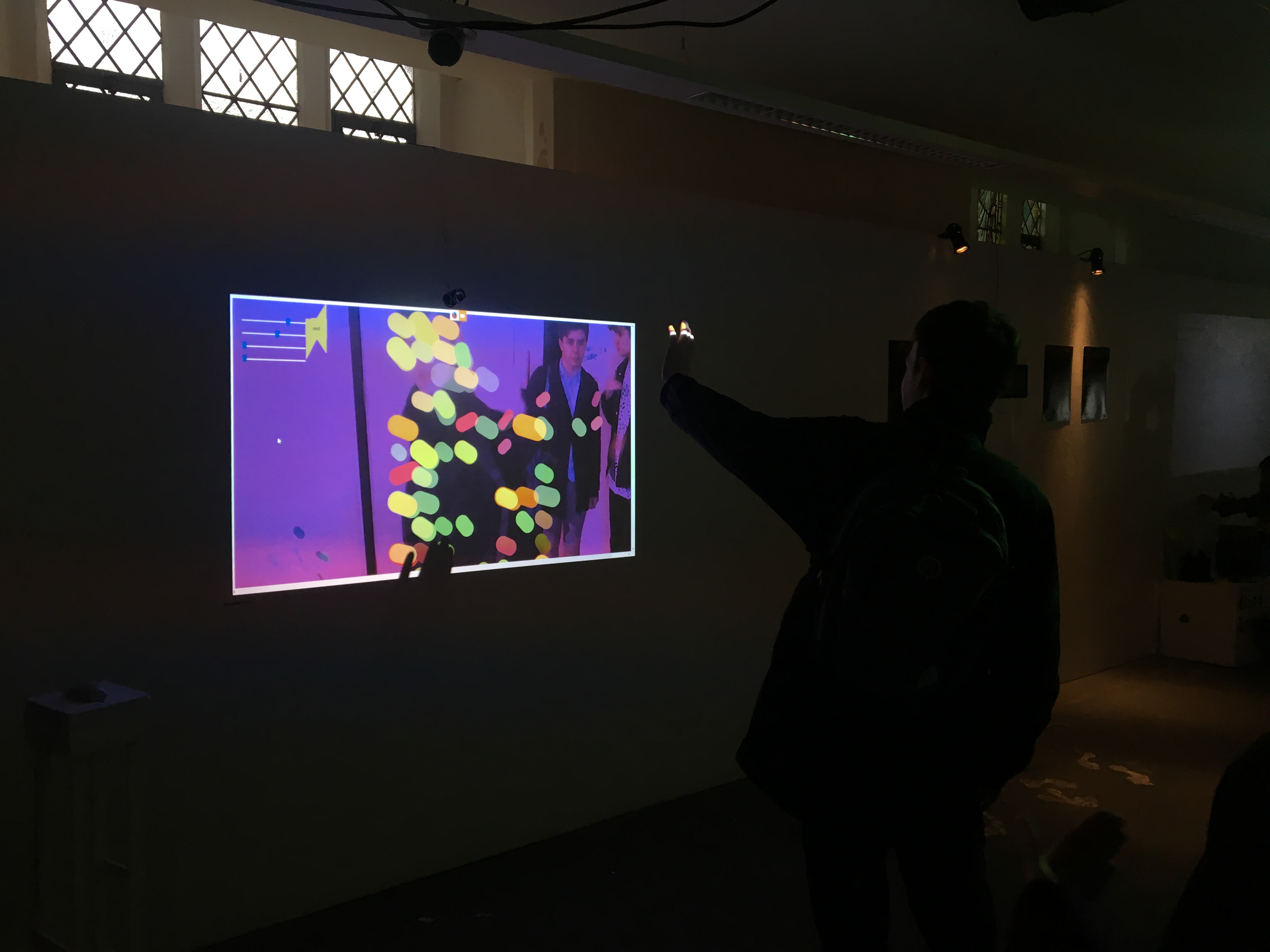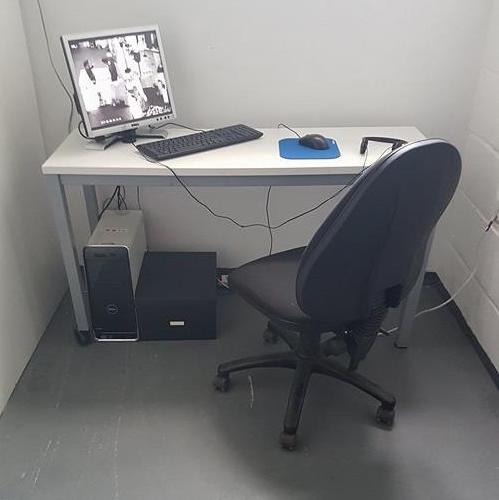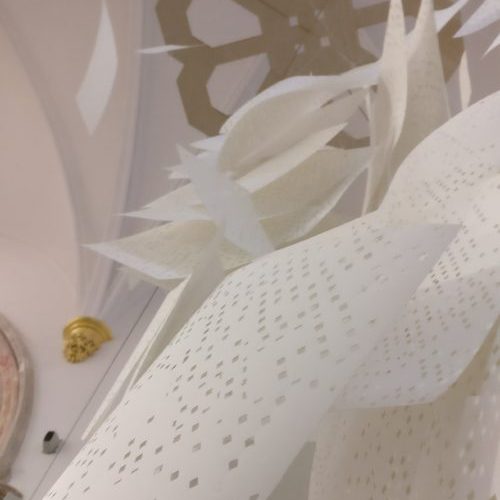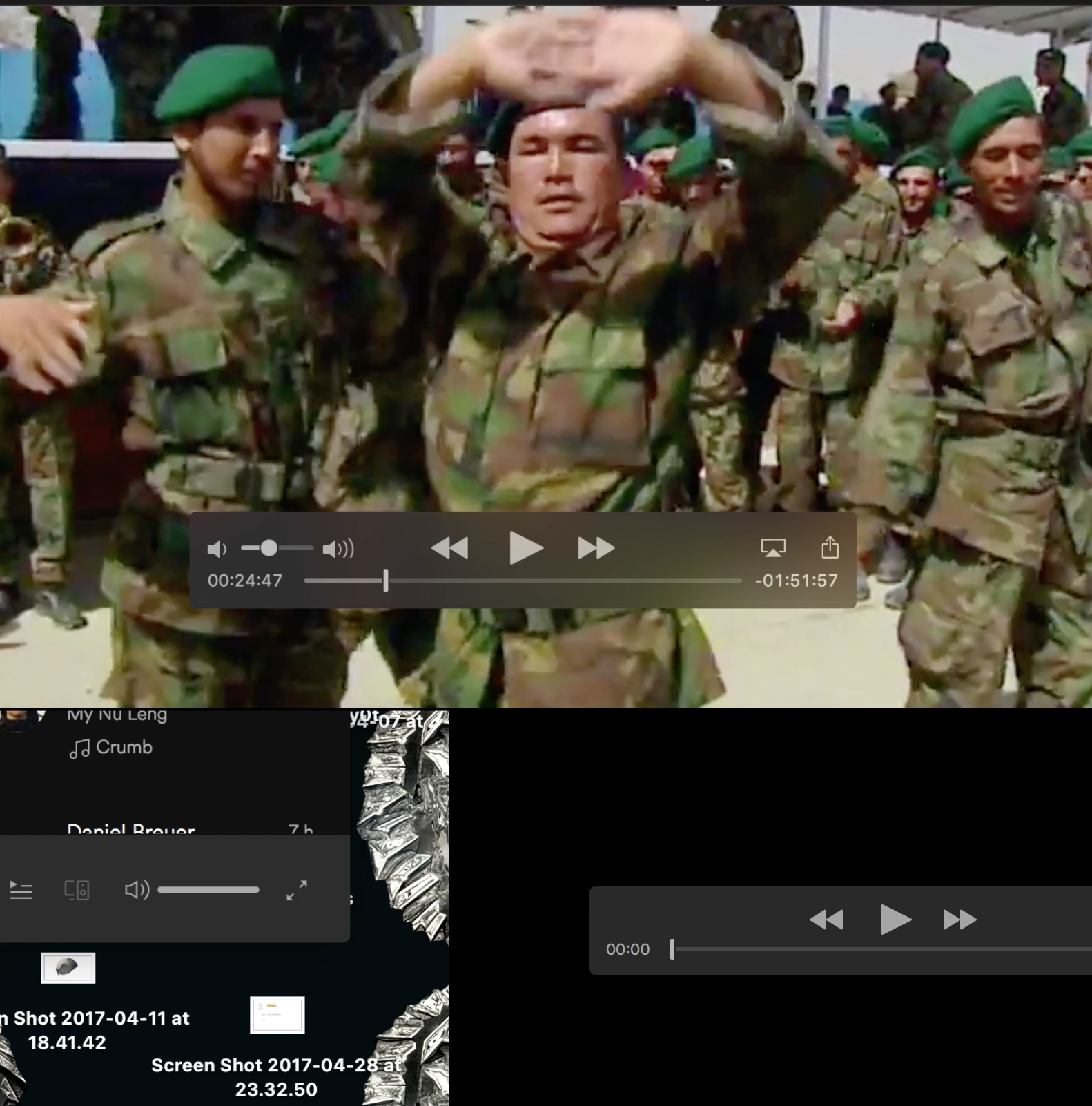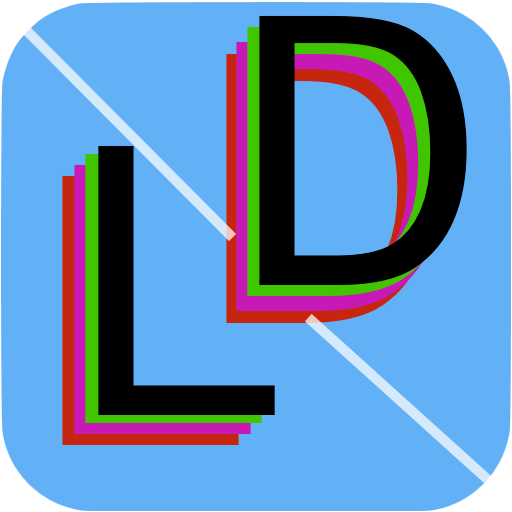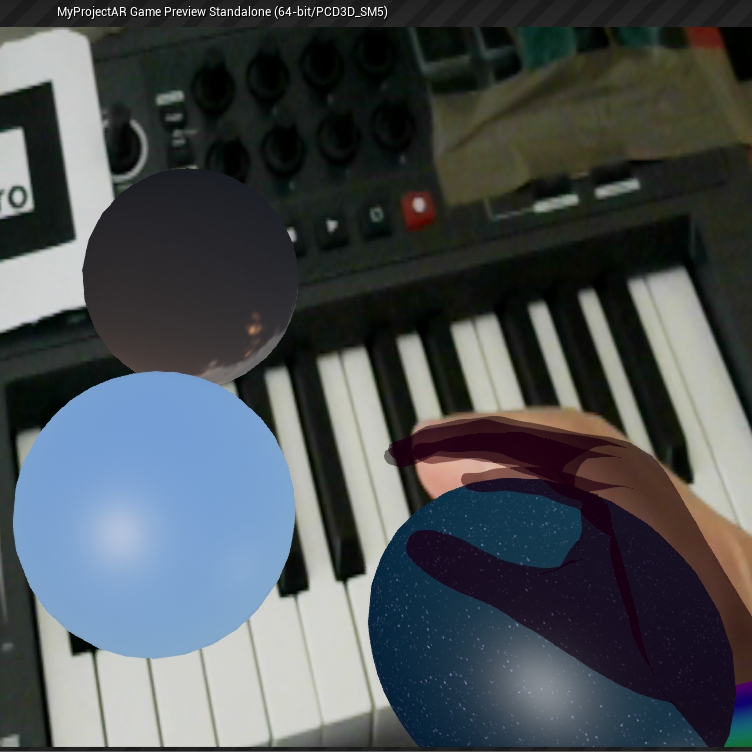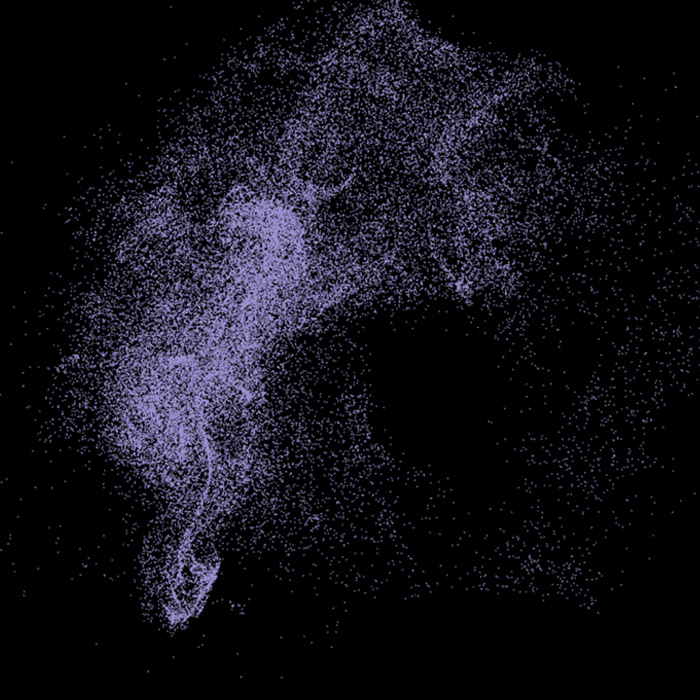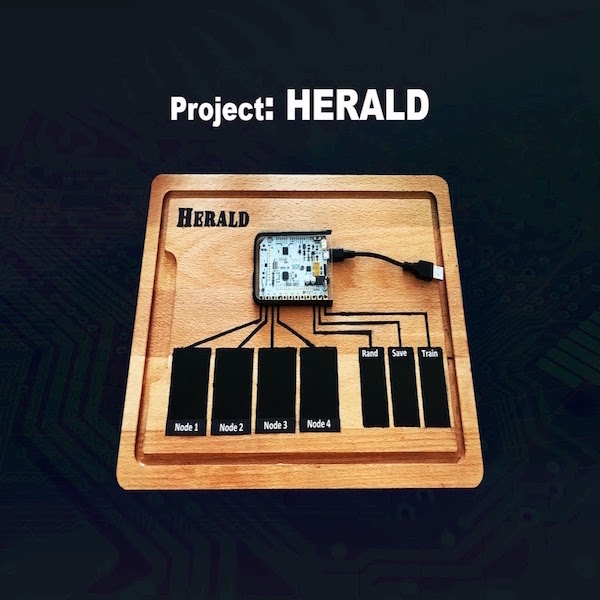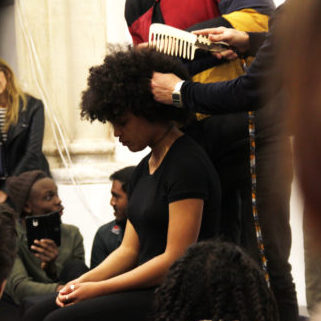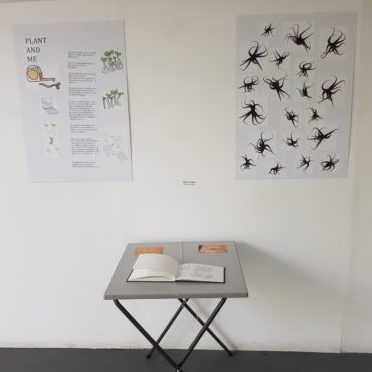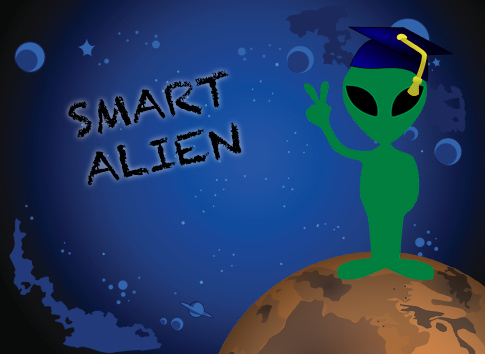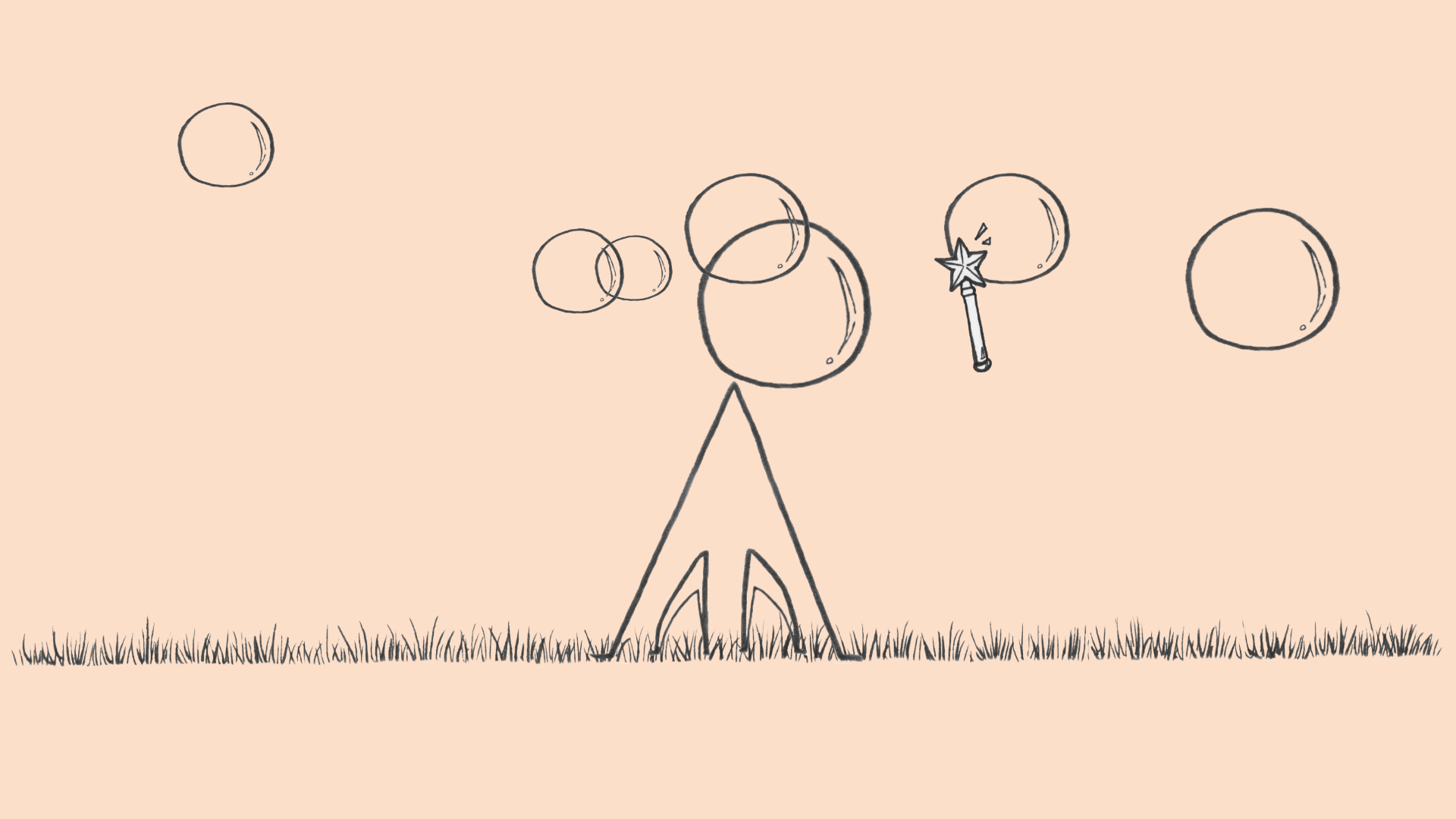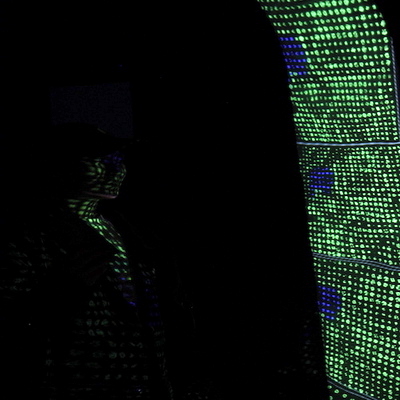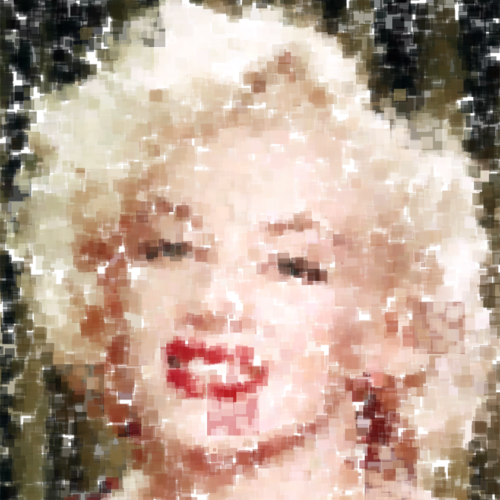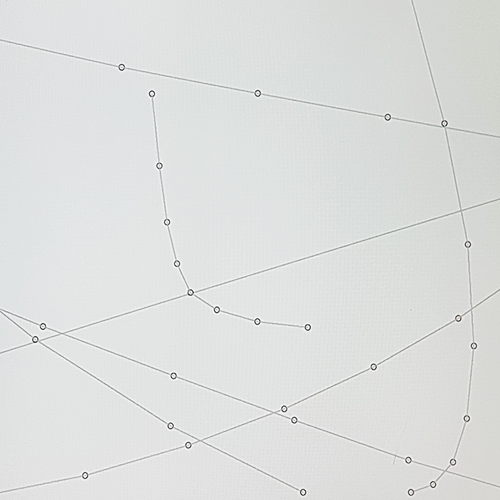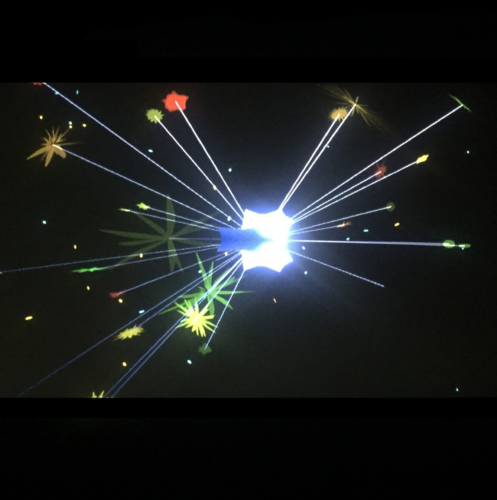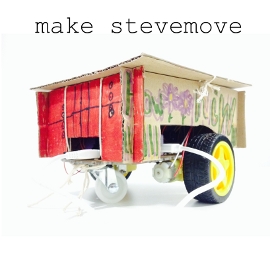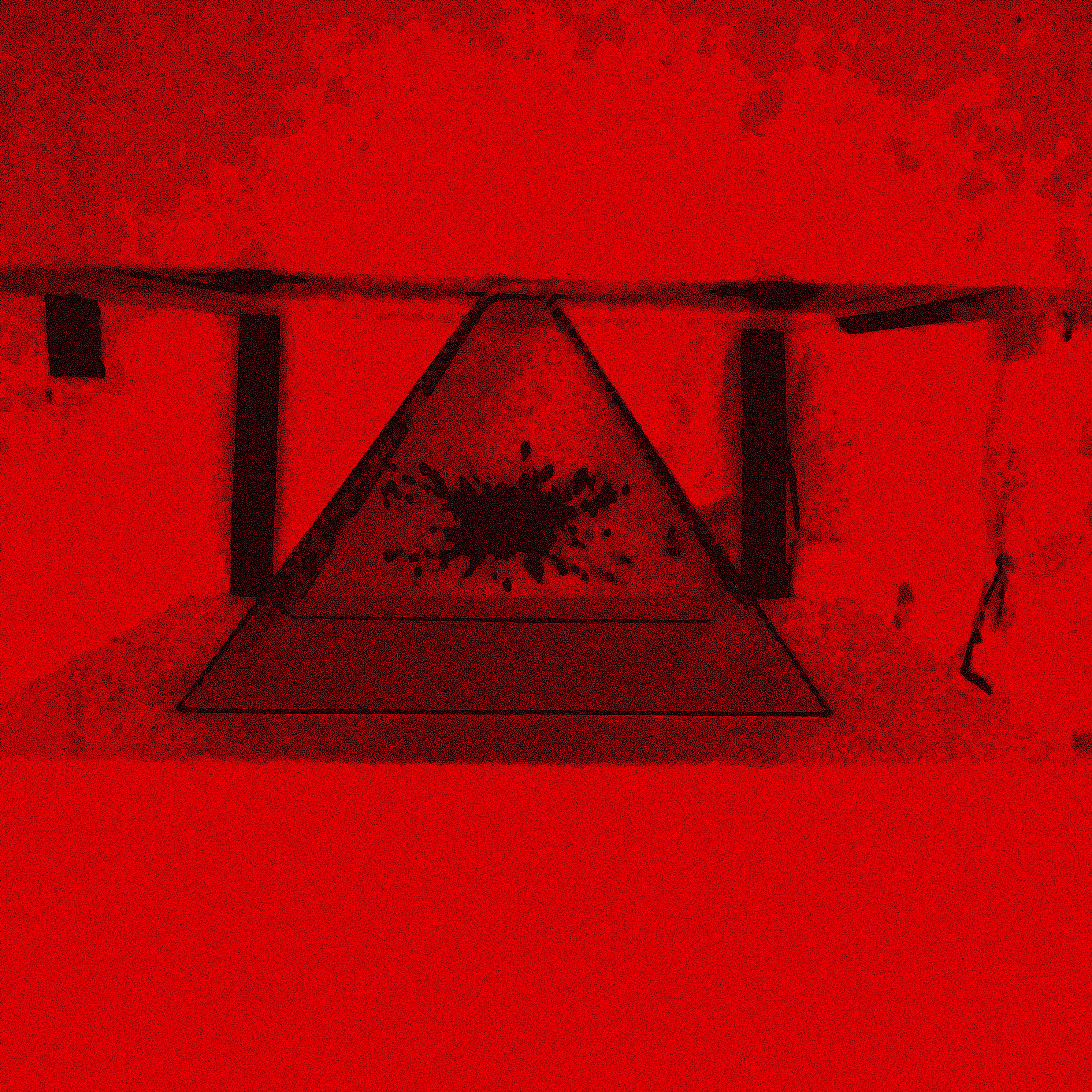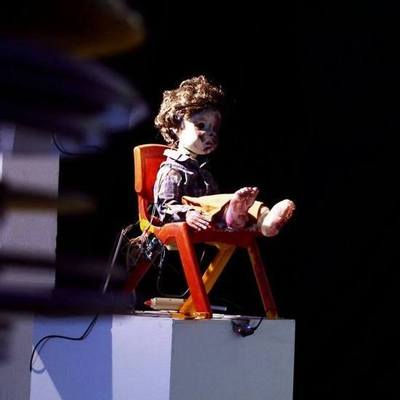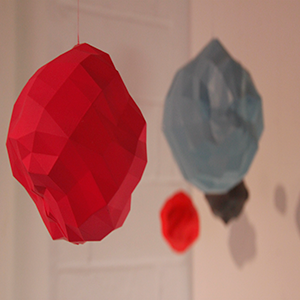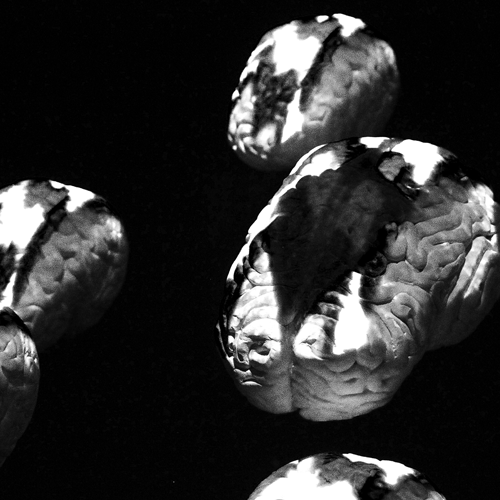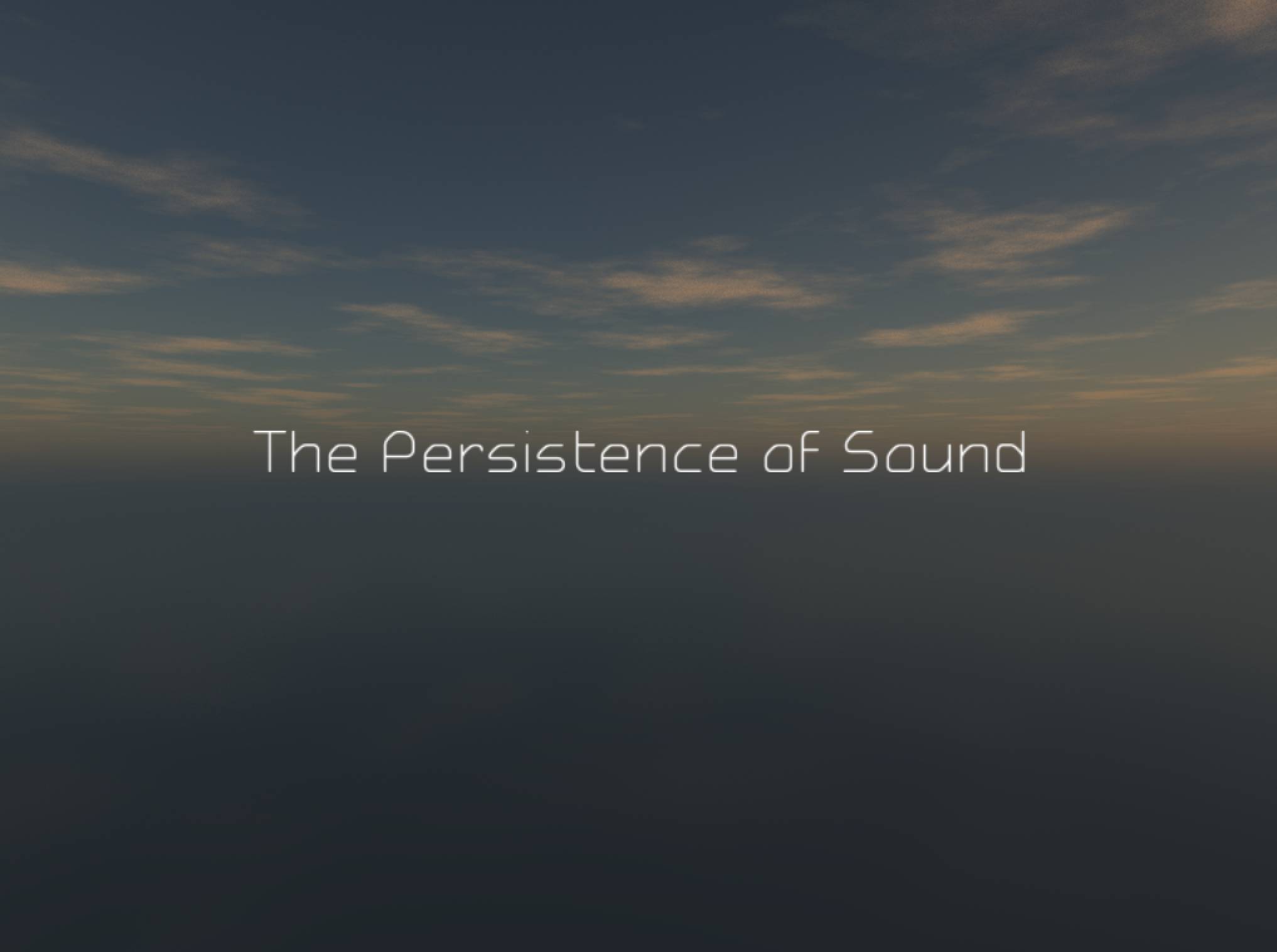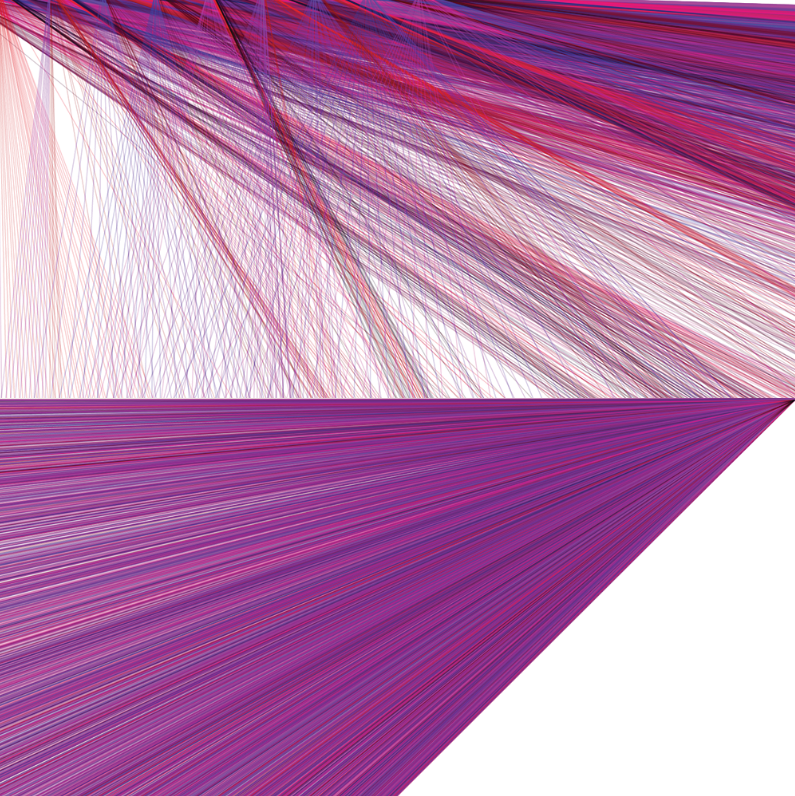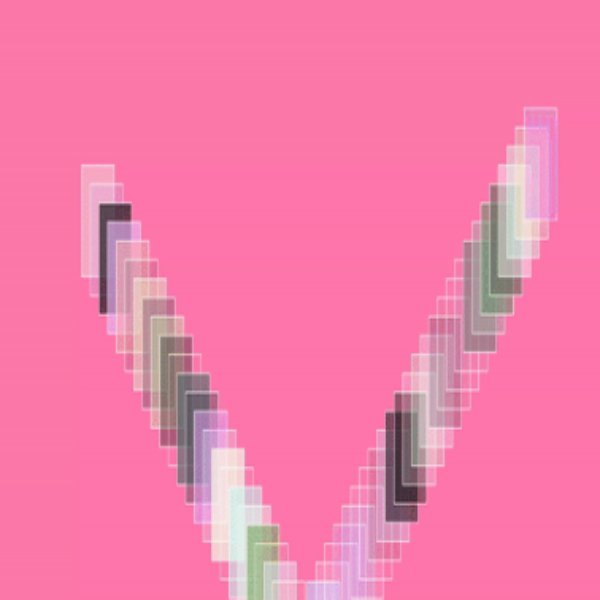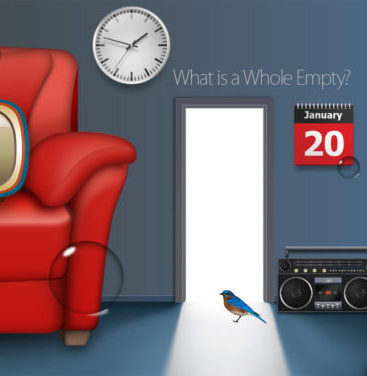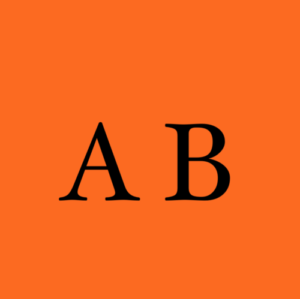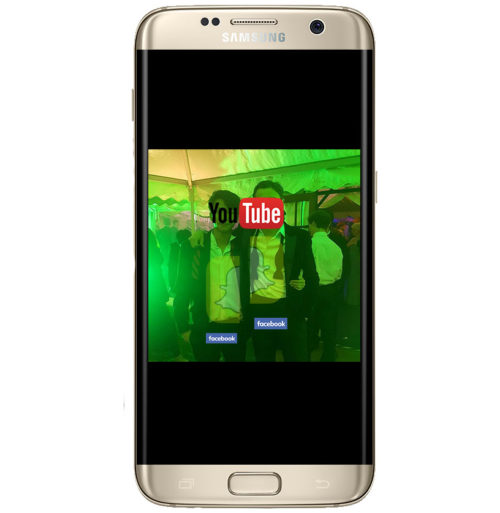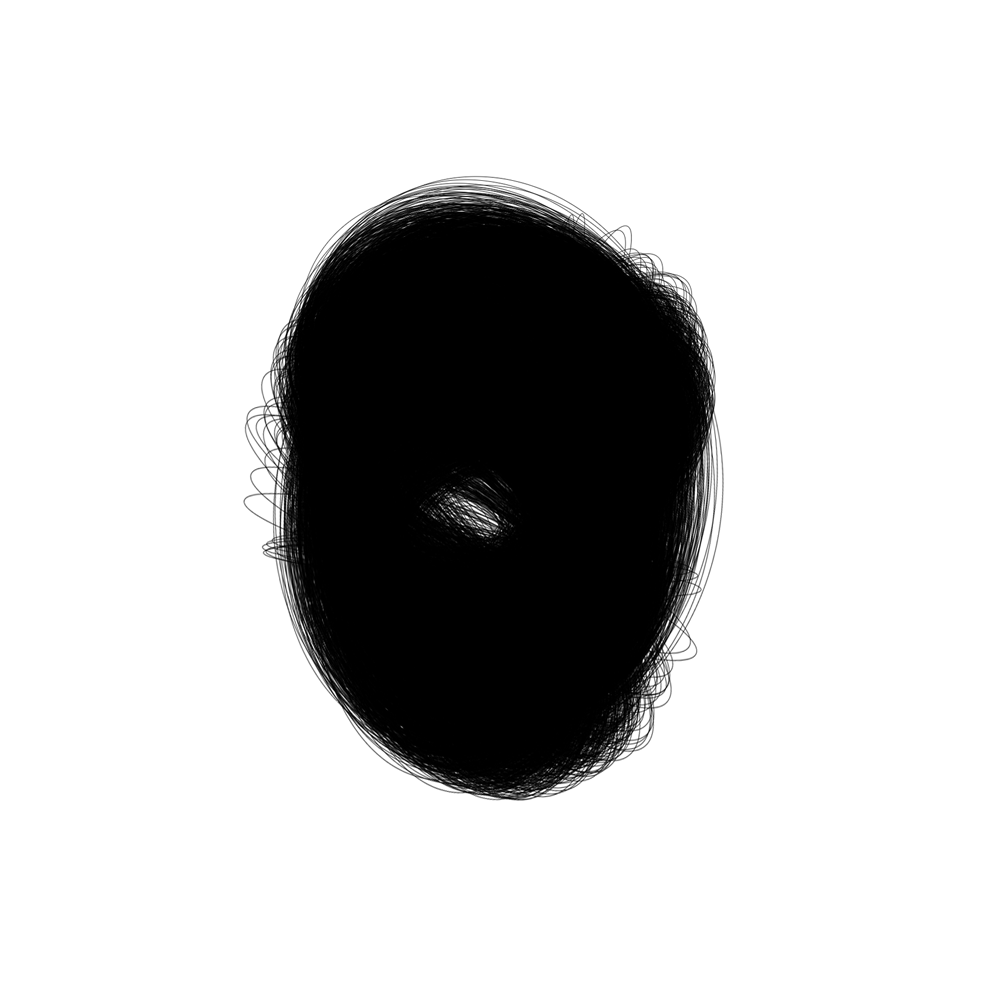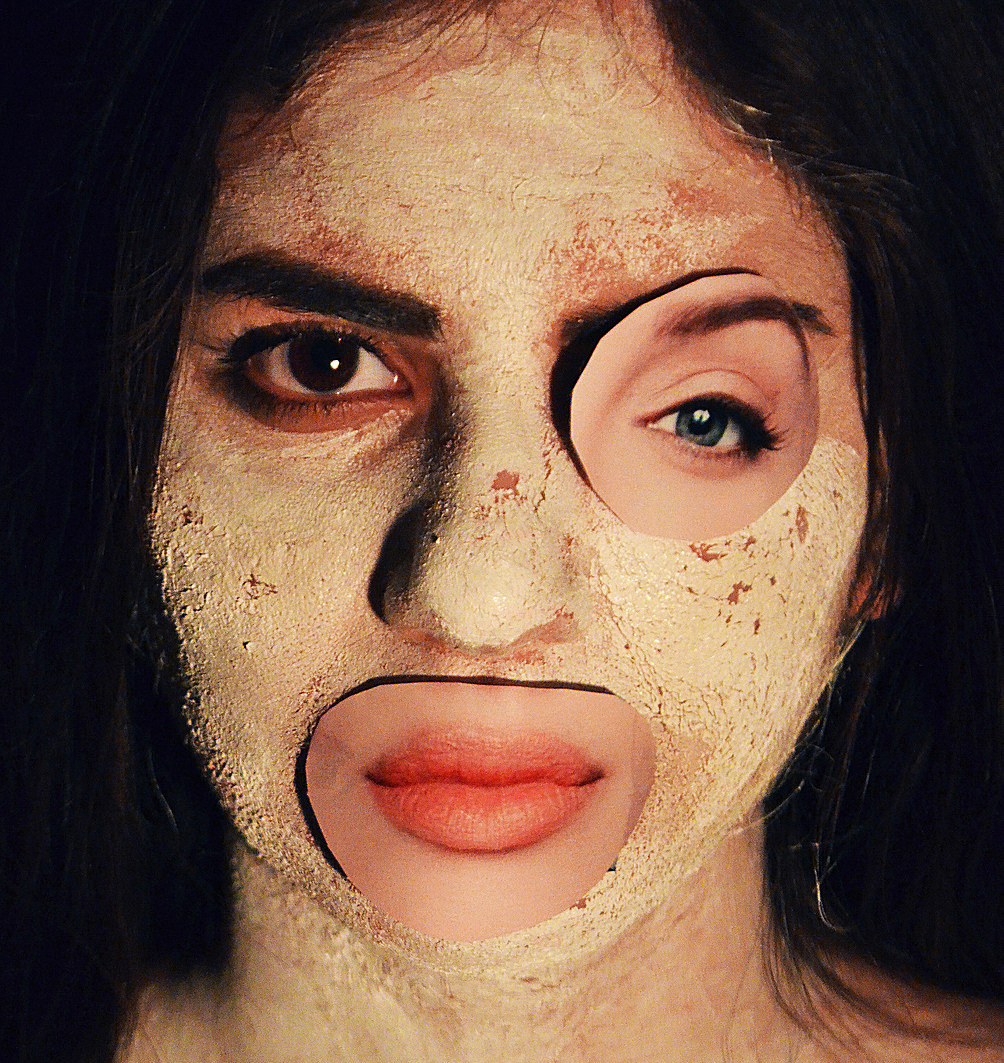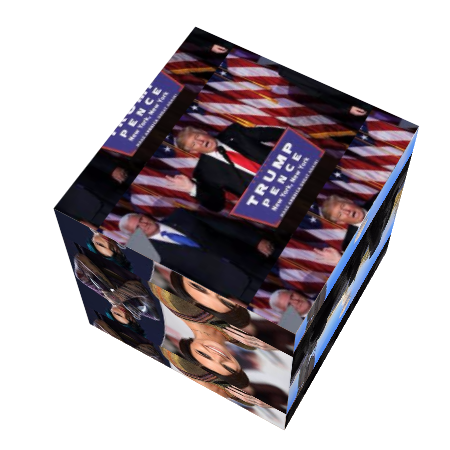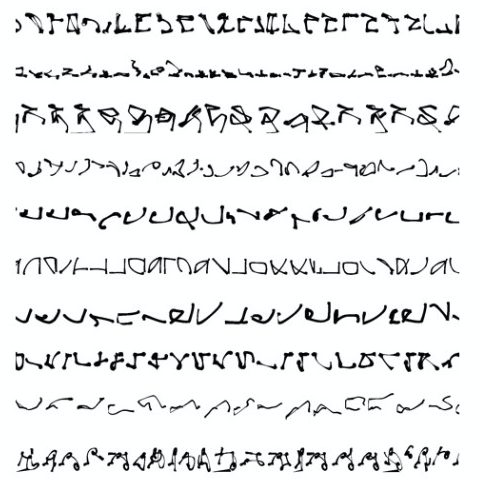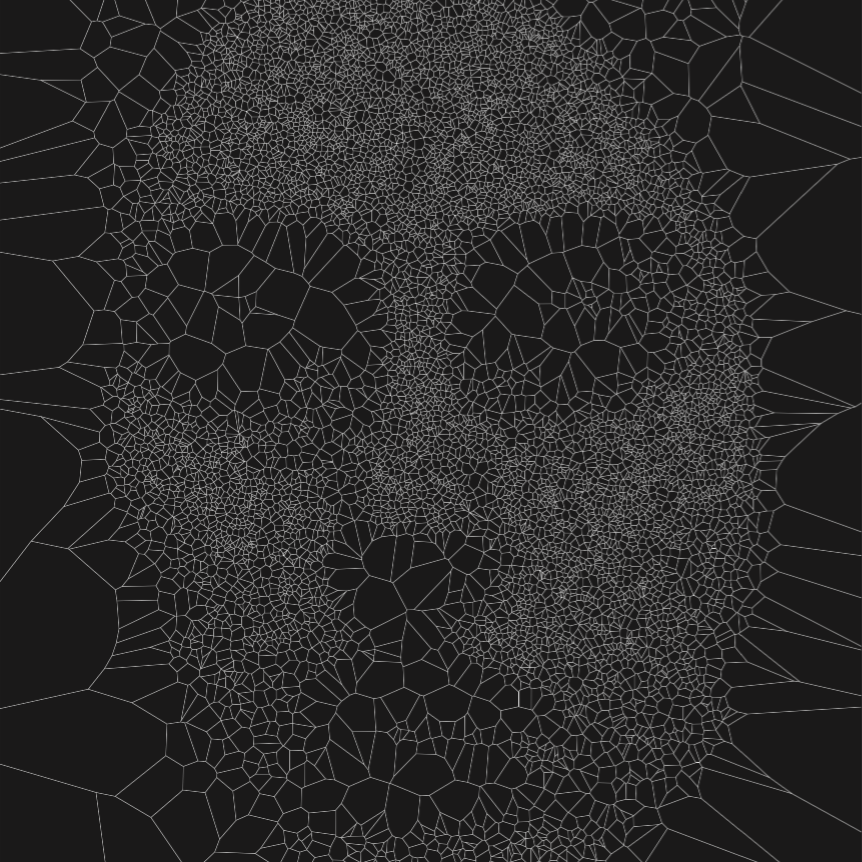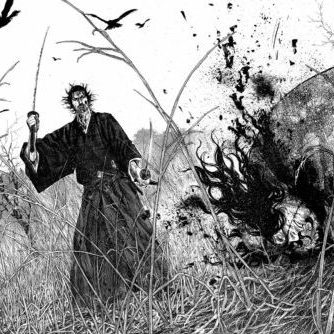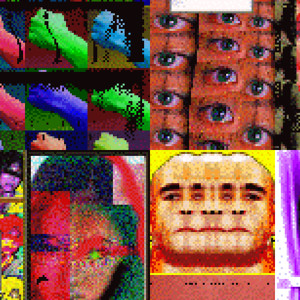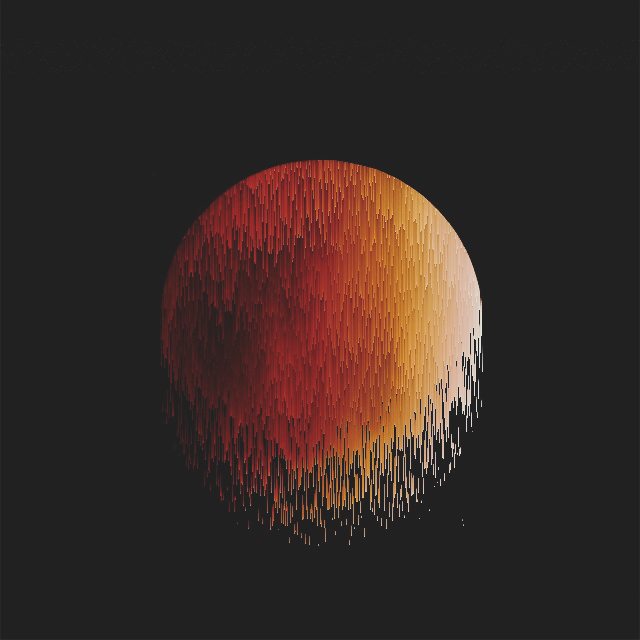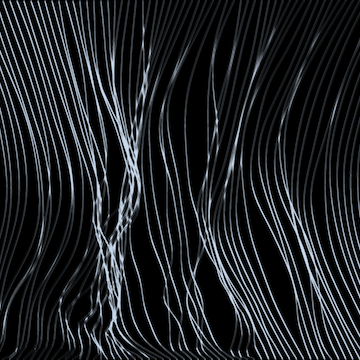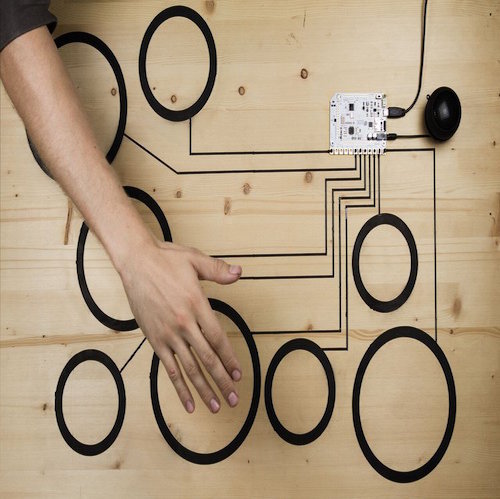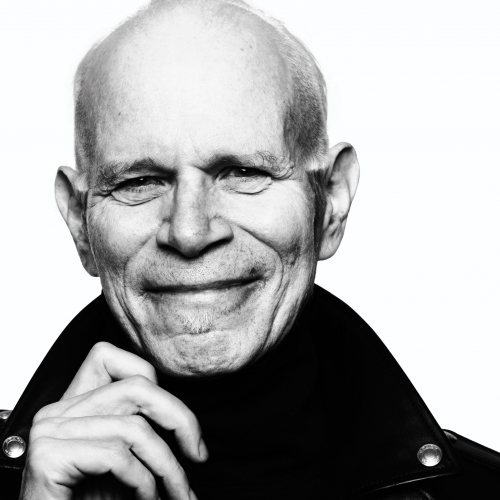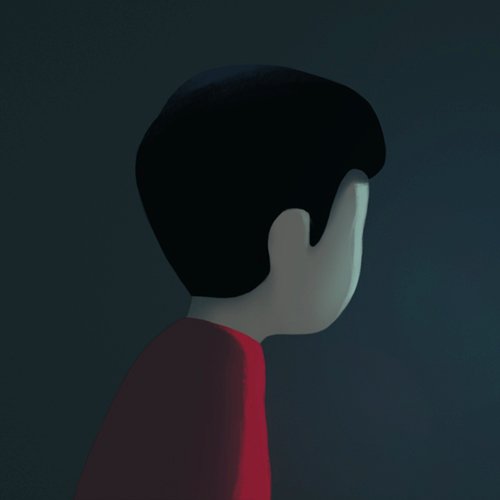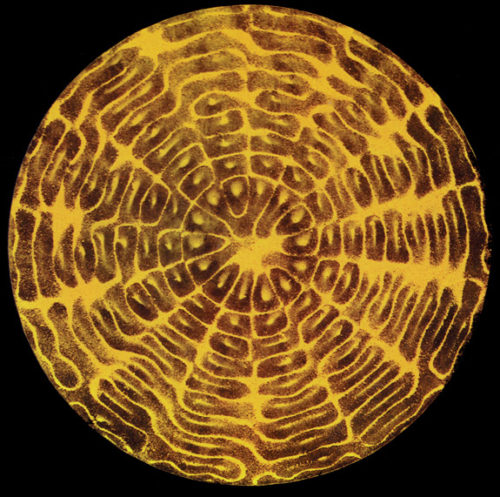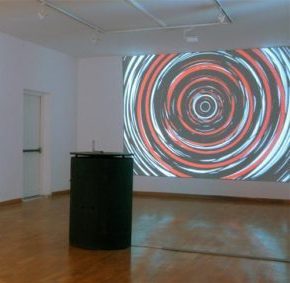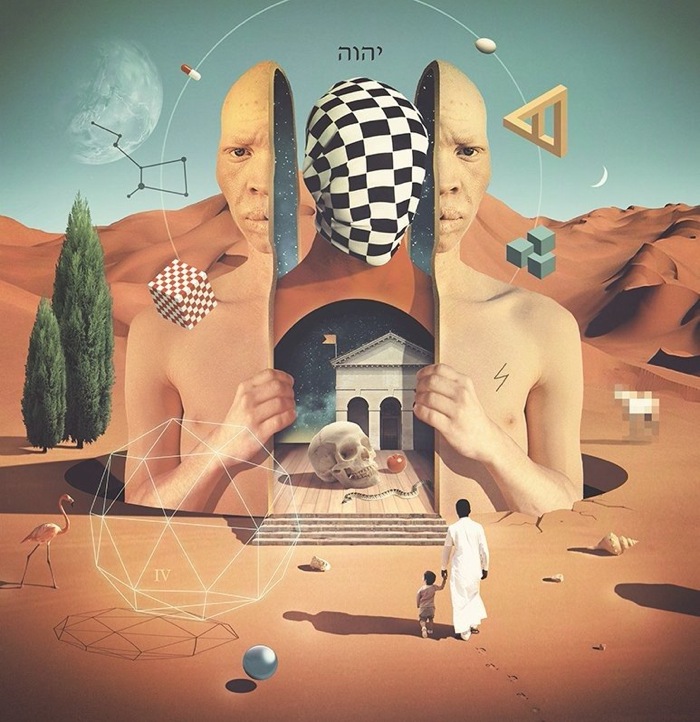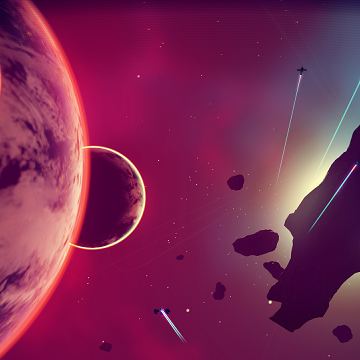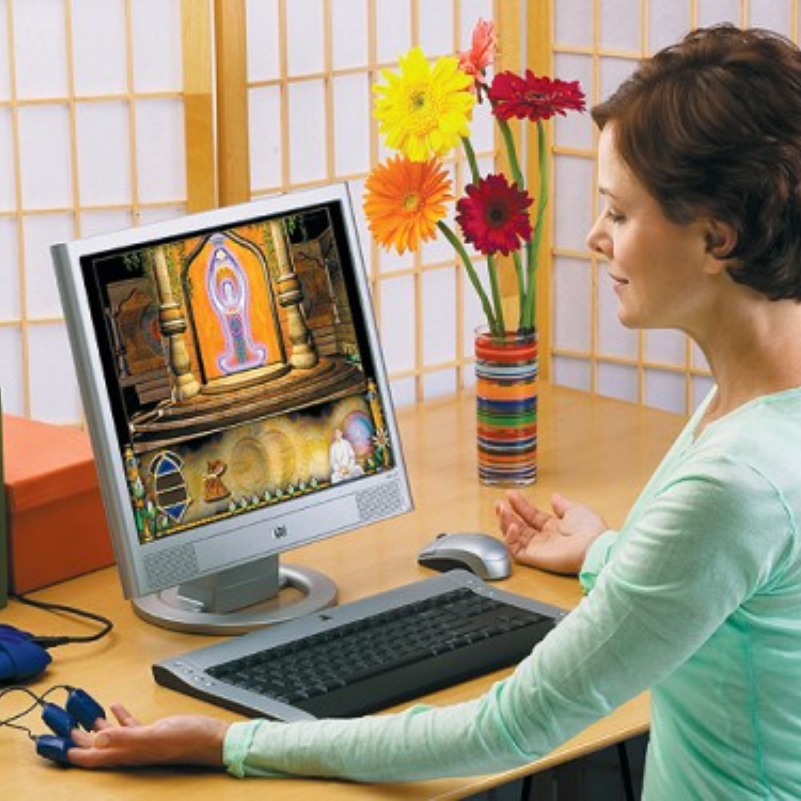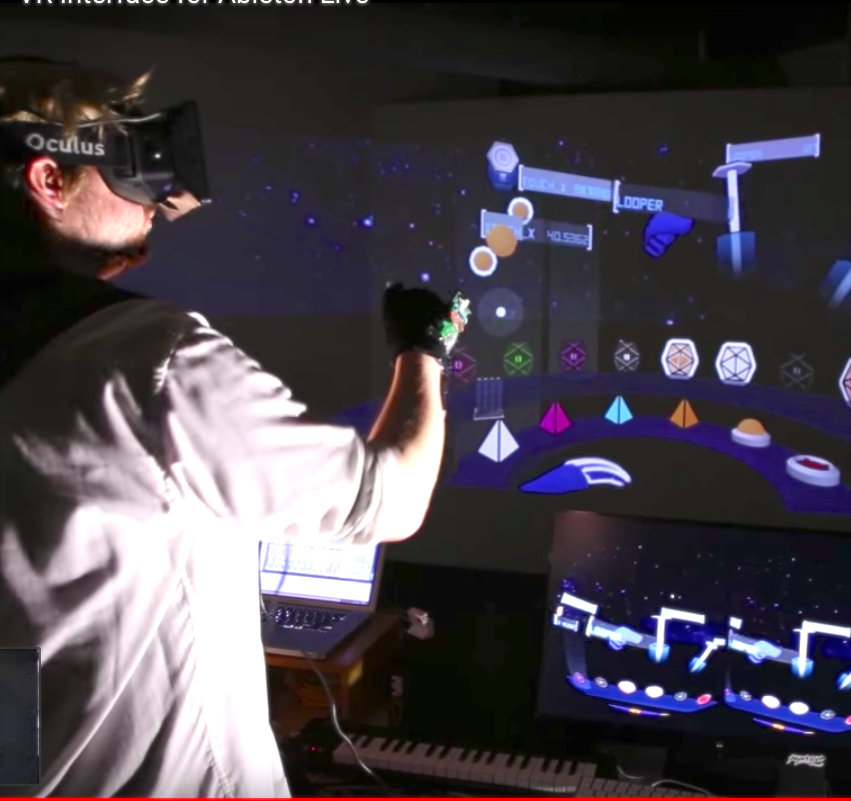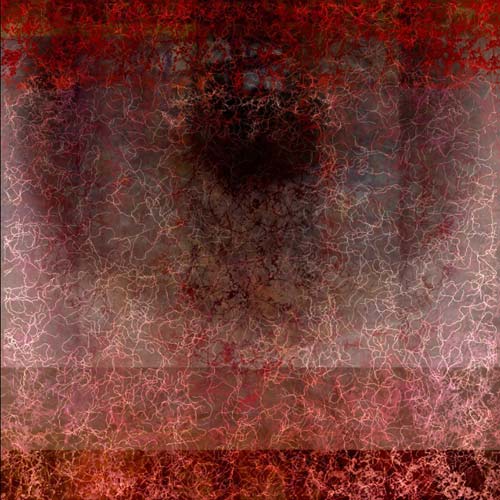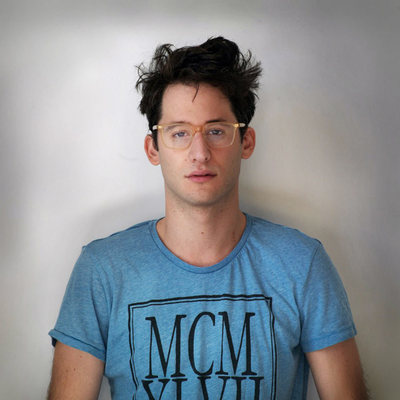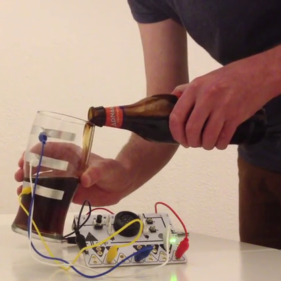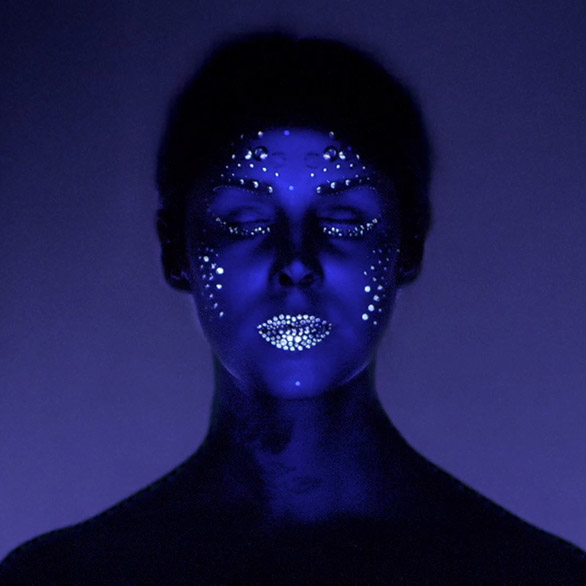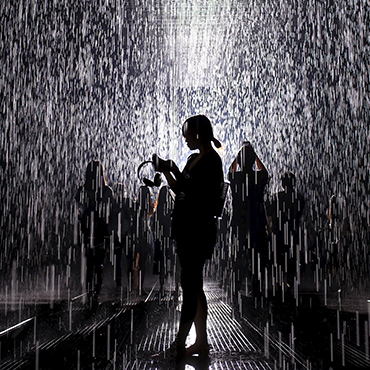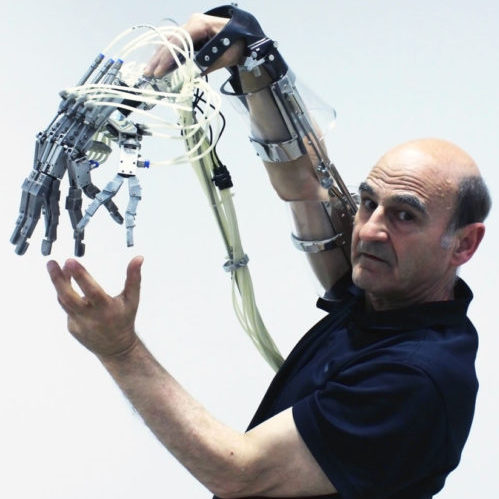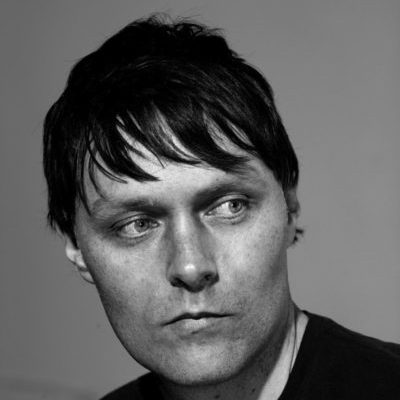Charles Atlas
by: Nazreen Thasleem
Introduction
Through the creative project process, I will be referring to art that involves illusion, as my focus is to create a piece that will alter perception and create an illusionary experience. Through my research I came across an artist names Charles Atlas. An artist that uses video art as his medium to create projected displays.
Charles atlas is well known for being a video artist and has been a pioneering figure in film and video for over four decades[1]. Atlas has extended the limits of his medium, forging new territory in a far-reaching range of genres, stylistic approaches, and techniques. Throughout his production, the artist has consistently fostered collaborative relationships, working intimately with such artists and performers such as Leigh Bowery, Micheal Clark, Doughlas Dunn, Marina Abramovice, Yvonne Rainer, Mika Tajima/New Humans, Antony and the Johnsons, and mostl notably Merce Cunningham[2].
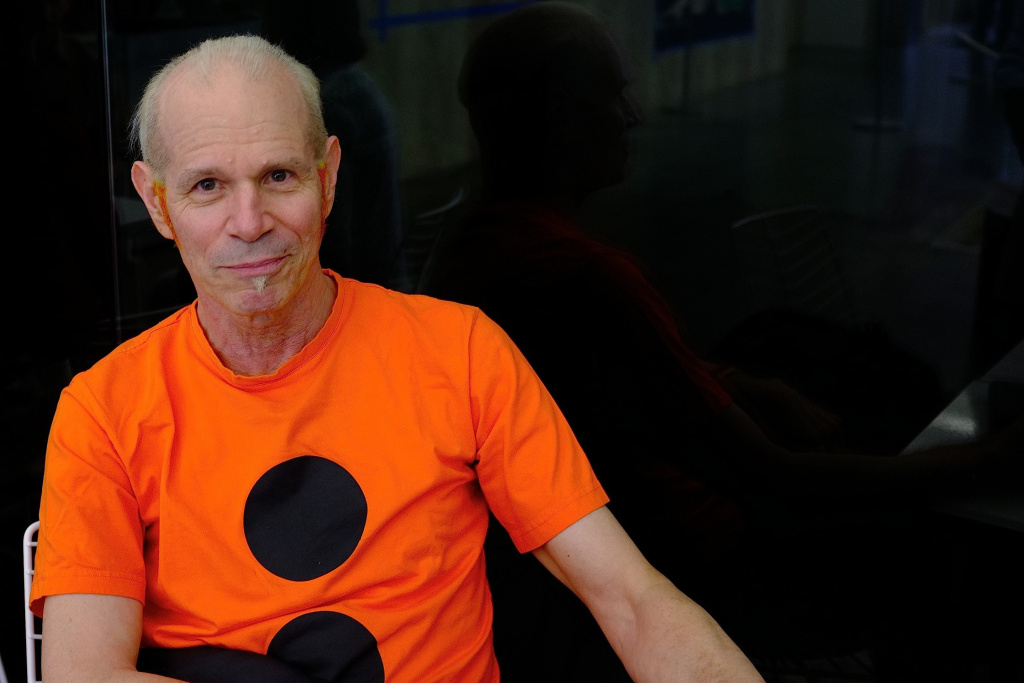

His work
His work has been exhibited domestically and internationally in such instituitons such as Tate Modern, London; the Museum of Modern Art, New York; the Centre Pompidou, Paris; the institute of Contemporary Art, Boston; Hamburger Bahnof- Museum fur Gegenwart, Berlin; and the Whiteney Museum of American Art, New York [3].
Through his primary work since the mid-1970s has been as a film director and video artist producing media/dance works, multi-channel video installations, feature-length documentaries, video art works for television, and live electronic performances. [4] Since 2003, Atlas has been interested in exploring different contexts that exploit the use of live video.
One of his most famous works was held at the inaugural exhibition at Luhring Augustine Bushwick. They called it “The Illusion of Democracy”. Using large scale video work Charles aimed to project on large screens to grab the full effect of the “illusions” he had created using multiple numbers. It includes three installations by Atlas never exhibited in New York: Painting by Numbers (2011), Plato’s Alley (2008)- changing variations of vertical and horizontal white lines eventually create a grid, the numbers 1 to 6 become its inhabitants and a new site- specific, large scale video work 143652(2012) [4]. “143652” , stretches from one side of the gallery to the other and floor to ceiling. The numbers 1,2,3,4,5,6 appear in various combinations while a vertical line of light scans the numbers back and forth, from right to left and from left to right. This gray scale projection is occasionally visited by vibrant shades of orange, blue or purple, which fill the screen, creating a projected Barnett Newman-like painting. [5]
His current fascination with digital media began in 2003, when he started to experiment with video accompaniments to installations and live dance performances. And as the technology become more available, Atlas pursued his experimentation through computer animation programs. [6]
Through many of his work, we can see he uses a lot of numbers. This is pointed out in one of the articles I researched on. Using numbers as the formalistic means for artistic expression is a unique choice. In recent interviews Atlas explains that six is the maximum number of digits that a person can remember at a time. He compares his projections with dance, making cabarets of numeric “solos”. The rhythm he talks about can be felt when experiencing the two smaller works. Painting by Numbers creates a feeling of classical music, contemplative “spacemusic”.[7]
Inspired by Charles Atlas
Charles Atlas’s work particularly the pieces presented in “The illusion of Democracy” has inspired me to create a similar display of work. In much of his installations he has used multiple screens to display these illusions like images. Similarly, I would like to achieve this. As the audience come to visit his video projections they leave in awe, hypnotized and scared at the same time. The title might suggest a critical view of technological progress, which Atlas turns into both a calming and an inhuman experience. He uses a variety of colours, shapes and forms to help create this. In terms of audience experience I would also like them to leave feeling in admiration and get them thinking about the perception regarding the illusions created. I believe with the combination of a genre of music it will create even more of an illusionary experience as the background sounds will lift the mood or even generate one.
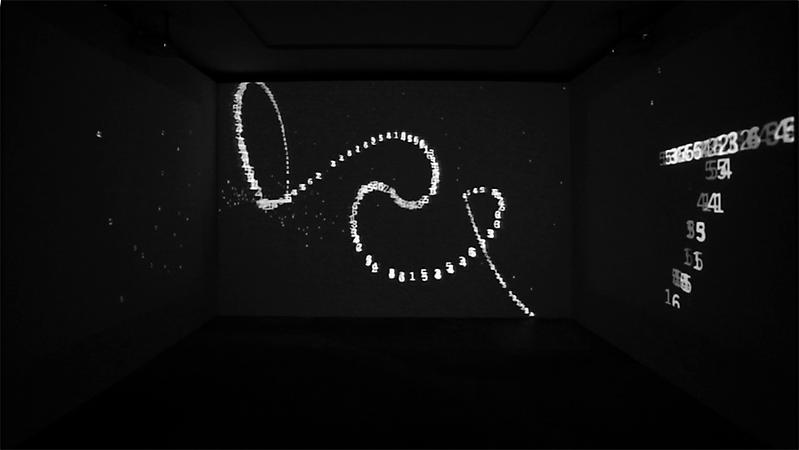

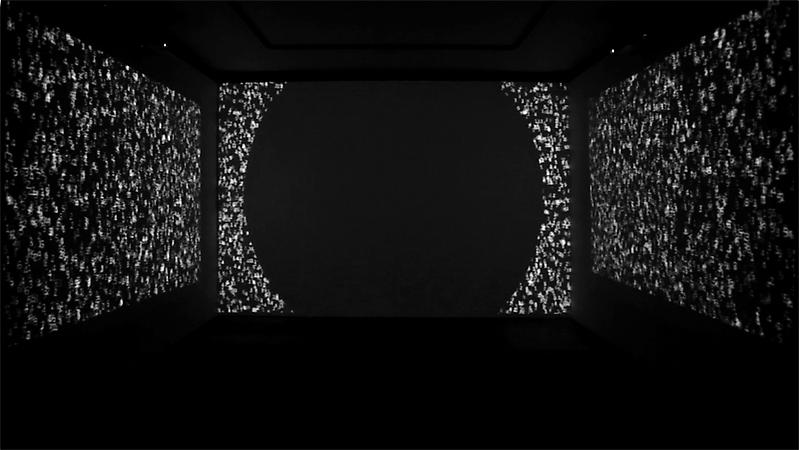

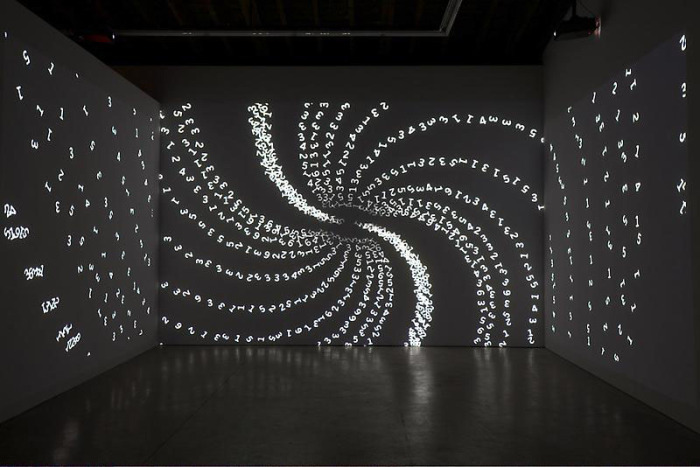

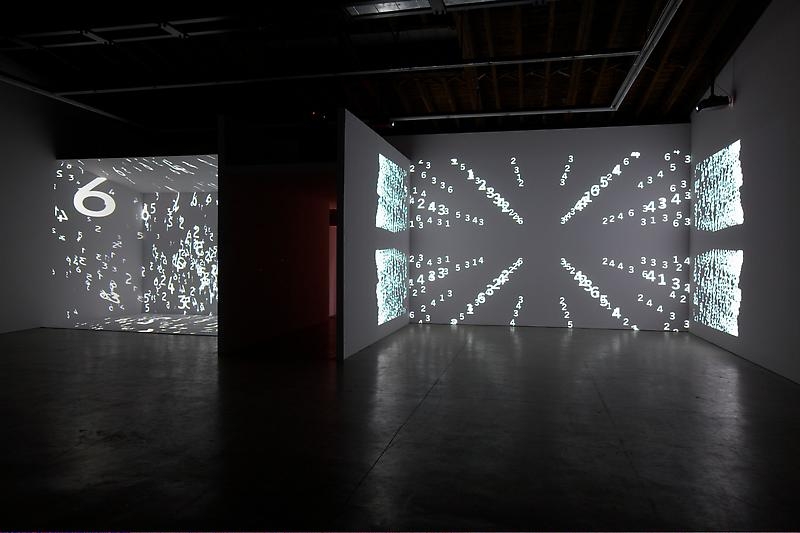

References
http://www.luhringaugustine.com/artists/charles-atlas/bio
http://www.luhringaugustine.com/artists/charles-atlas/bio
http://www.luhringaugustine.com/artists/charles-atlas/bio
http://www.michaelclarkcompany.com/people_charles.php
http://artwriting.sva.edu/blog/post/charles-atlas-the-illusion-of-democracy-at-luhring-augustine-gallery-bushwick-through-may-20
http://artwriting.sva.edu/blog/post/charles-atlas-the-illusion-of-democracy-at-luhring-augustine-gallery-bushwick-through-may-20
http://artwriting.sva.edu/blog/post/charles-atlas-the-illusion-of-democracy-at-luhring-augustine-gallery-bushwick-through-may-20


